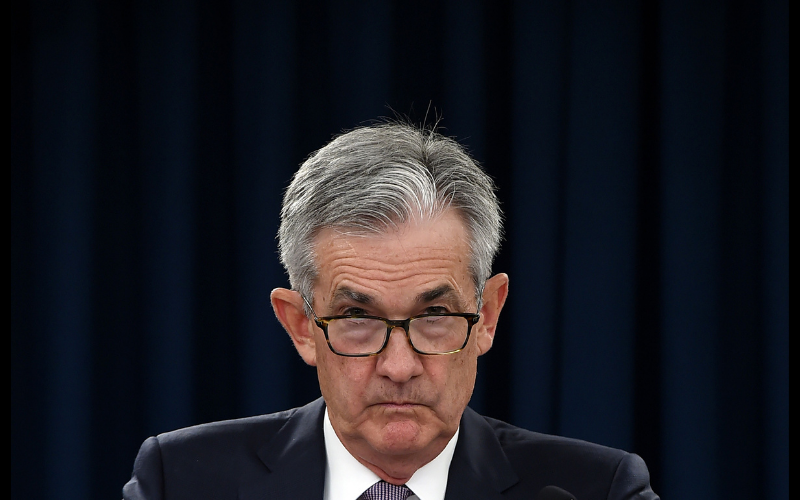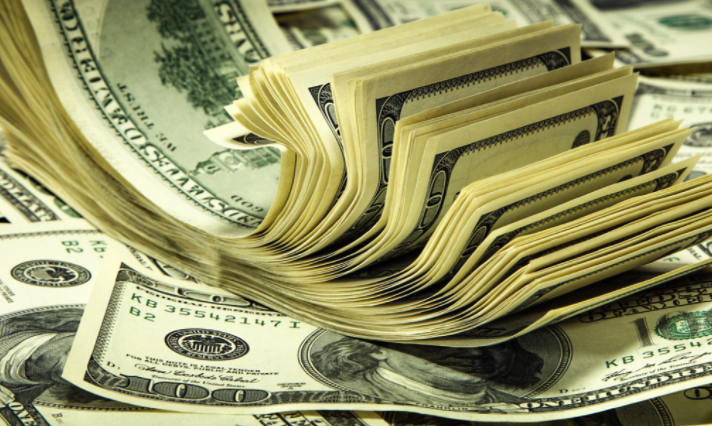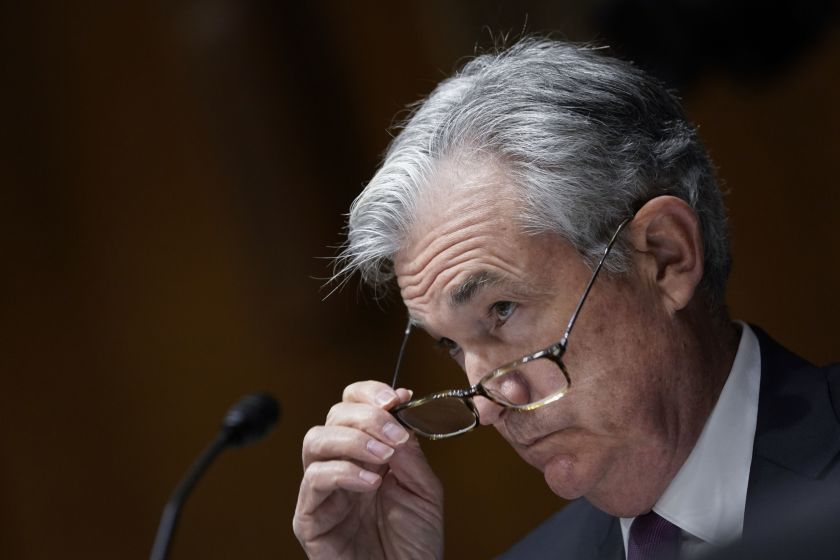
This will be a busy week for the forex market. There are three central bank meetings, U.S. retail sales, New Zealand Q4 GDP, Australia’s employment report and Canadian retail sales scheduled for release. The main focus will be the Federal Reserve’s monetary policy announcement but every one of these events could have meaningful impact on currencies that could lead to interesting cross moves. The U.S. dollar kicked off the week with gains against most currencies despite a pullback in Treasury yields. Manufacturing activity in the New York region accelerated with the Empire State index rising to 17.4 from 12.1. Better than expected U.S. data is one of the main reasons why investors expect the Federal Reserve to upgrade their economic projections this week.
Investors have a lot of questions for the Fed. The last time they updated their forecasts was in December and a lot has changed since then. Fresh lockdowns were put into place during the holidays but many of those restrictions have been eased after more than 20% of the population received at least one COVID-19 vaccine shot. The outlook brightened significantly over the past few months so at minimum the economic projections will need to reflect that. Growing price pressures should also lead to upgraded CPI forecasts. But two big questions remain – is the latest rise in yields worrying the Fed and how will the dot plot forecast for interest rates change. Chairman Powell made in clear in recent comments that he’s not worried but how long can U.S. policymakers remain cool if yields continue to shoot higher?
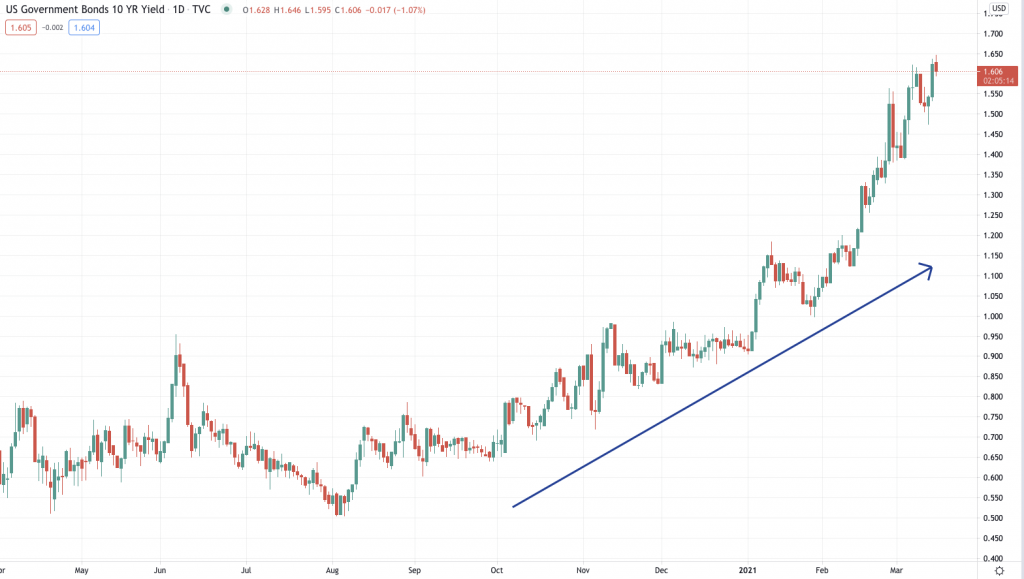
Even if Powell continues to downplay the move in yields, the dot plot will most likely edge upwards and when combined with higher economic projections, the dollar should extend its climb. If it falls, we expect bargain hunters to swoop in quickly. Tomorrow’s retail sales report will play an important role in setting expectations for Wednesday’s rate decision. Currently economists are looking for spending to contract in February after a strong January. However higher gas prices, an uptick in average hourly earnings growth along with a very strong jobs report supports a positive surprise.
If the dollar extends its gains, #EUR/USD is at the greatest risk of correction. Last week, the European Central Bank announced plans to accelerate asset purchases. This week starts with a deluge of negative vaccine headlines. Many countries including Germany, France, Spain and Italy have halted the use of the AstraZeneca vaccine amid clotting concerns. Vaccine shortage was a problem before the latest announcement and unfortunately, this will slow the EU’s immunization program even further. The repercussions are becoming evident already with new cases surging in Germany and Italy. Italy imposed new lockdowns ahead of the Easter holiday and according to the head of Germany’s public health agency, a “third wage in Germany has already begun.” Both countries are suffering from painstakingly slow vaccine rollout. The contrast between the Eurozone and the U.S. on everything from monetary policy to their economic outlooks and immunization programs is wide which is a big problem for #EUR/USD. The German ZEW survey is scheduled for release tomorrow – sentiment will be bolstered by the rally in stocks but local troubles are brewing.
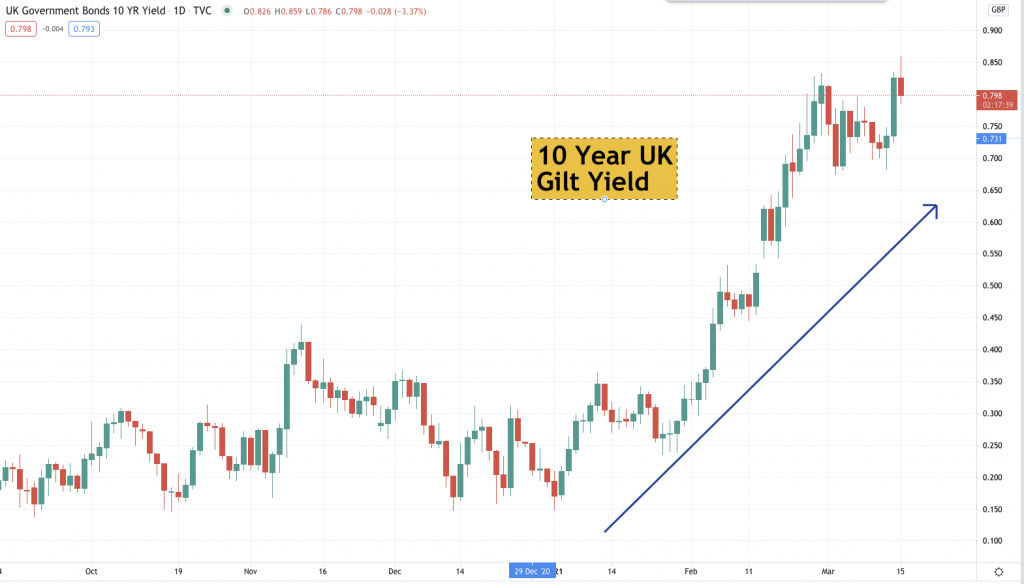
The Bank of England is also expected to leave monetary policy unchanged this week but the big question for the BoE is the timing of rate hikes. Although the economy is improving and the U.K. is leading in vaccine rollout, the volatility in the bond markets and rise in yields takes a rate hike off the table. Since the start of the year, we’ve seen 10 year rates rise from 0.15% to 0.85% this morning. While this is still very low, the BoE may share the ECB’s concerns about the speed of the rise in yields.




